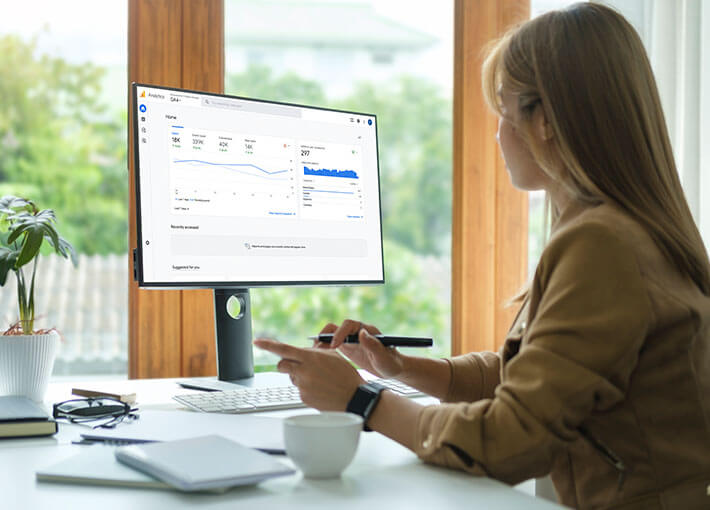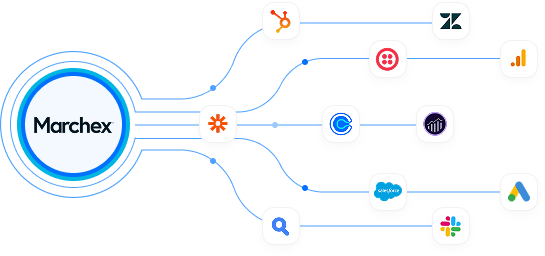GA4 Brings Online and Offline Signals Together

The Good Old Days
We can all (well, most of us) remember when we launched our first digital marketing campaign or before that, our first website. There were many selling points and there was also a lot to learn, but the one consistent benefit was the ability to attribute the success of your advertising campaign to actual customer behaviors. In short, clicks were both tangible and measurable, meaning that a successful advertising campaign directly influenced how customers engaged with your business. A lot has happened since then with the introduction of more and more forms of advertising through a growing multitude of channels, but the one consistent thing was the ability to measure success with clicks and engagement.
Blind Spot
There was only one problem. Once the prospective customer left your online experience and started engaging your business by visiting (and more often, calling) the success of campaigns and the requisite measure was as much of a guessing game as it ever was. Sure, there were several solutions designed to match CRM and sales data to reverse engineer what path a customer took to engage with your business, but none could reliably define the path a customer took to find your business. There was simply too much human intervention required to bring the rich and accurate data presented by web analytics together with what we would call traditional measurement. I remember sitting with many business owners and hearing the same question over and over: “How do I know if my digital advertising effort is really driving traffic?”
Google Standards Council
This is why the introduction of GA4, Google’s latest analytics data model, is a revolution. And Marchex is thrilled to partner with digital agencies and Brian Pasch Enterprises as a founding member of the Google Standards Council. Here we worked with over a hundred agencies and providers to establish a common specification for automotive dealers, the first common specification for consistent usage since ADF, as mentioned by Brian Pasch in a recent article. The key is the new specification’s usage of events versus “hits” or singular interactions. And if you haven’t figured it out by now, some of these events are voice events, typically considered offline behaviors (even with “click to call”).
Bringing It All Together
It is now possible to send reporting of voice signals to the same dashboards where you receive your more typical web analytics. Meaning that dealerships now not only know if their advertising resulted in a click or a page view, but also whether it drove a phone call, how long the call was and, most importantly, what the outcome of the call was. The most common outcome being whether (or not) an appointment was generated from the call. But the best part of this is that combining voice data with session data allows marketers to see much more than before.
Think about it: a prospective customer is compelled by an advertisement online and visits the dealership’s website, clicks on a few vehicle detail pages, and then decides to call the dealership from a number assigned to the campaign which results in an appointment. The dealership now knows that the advertisement got the result it wanted, not just a click. There are many possible uses for session data - we will dig into that into the future. For now, reach out to your agency and make sure (if you have not already) that you are set up to receive voice data within your GA4 reporting dashboard - I promise it will be an eye opener.



